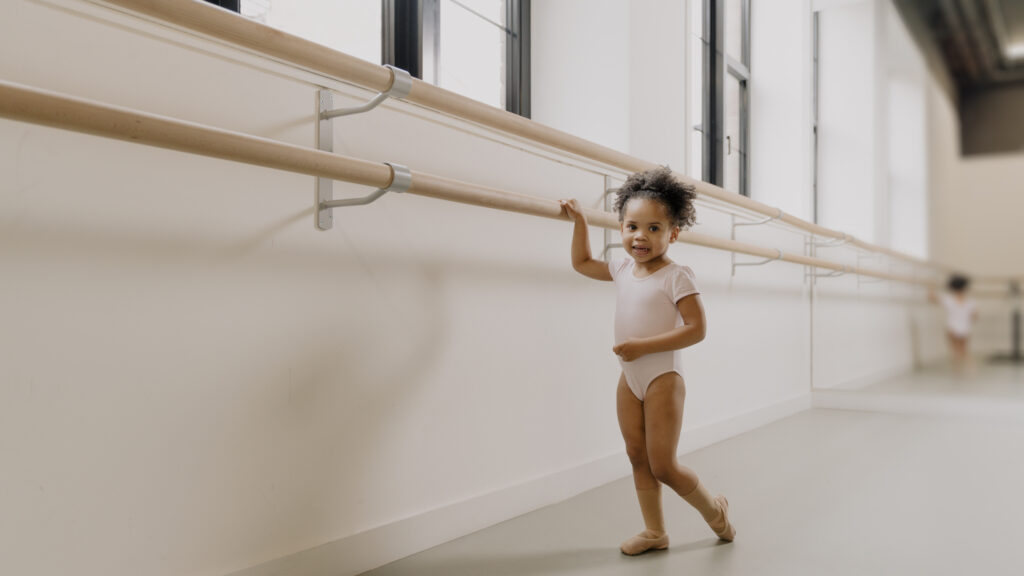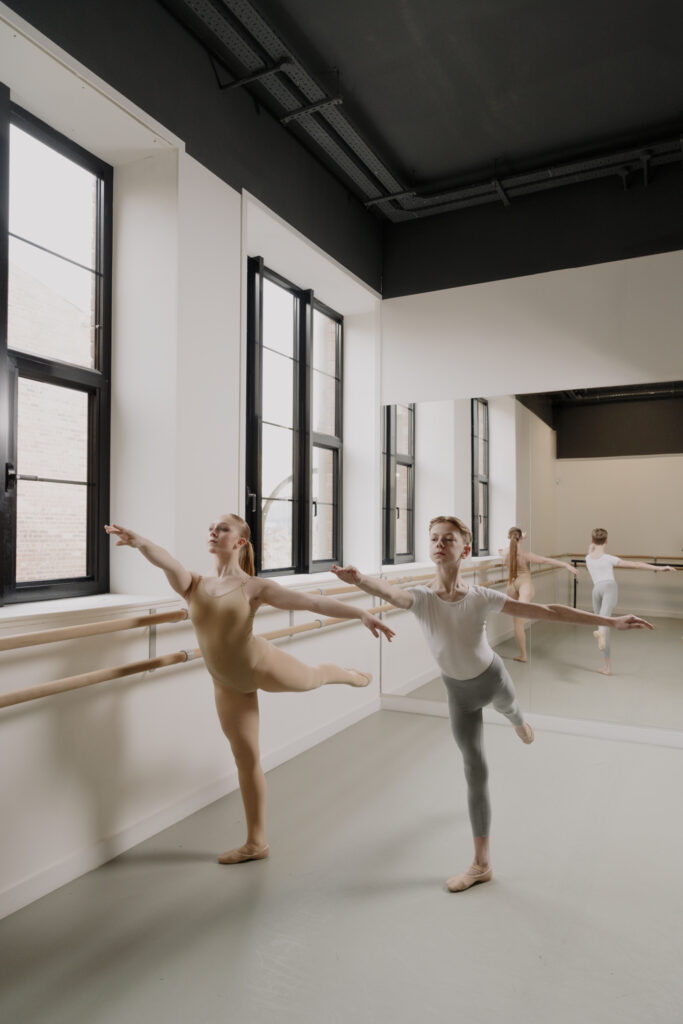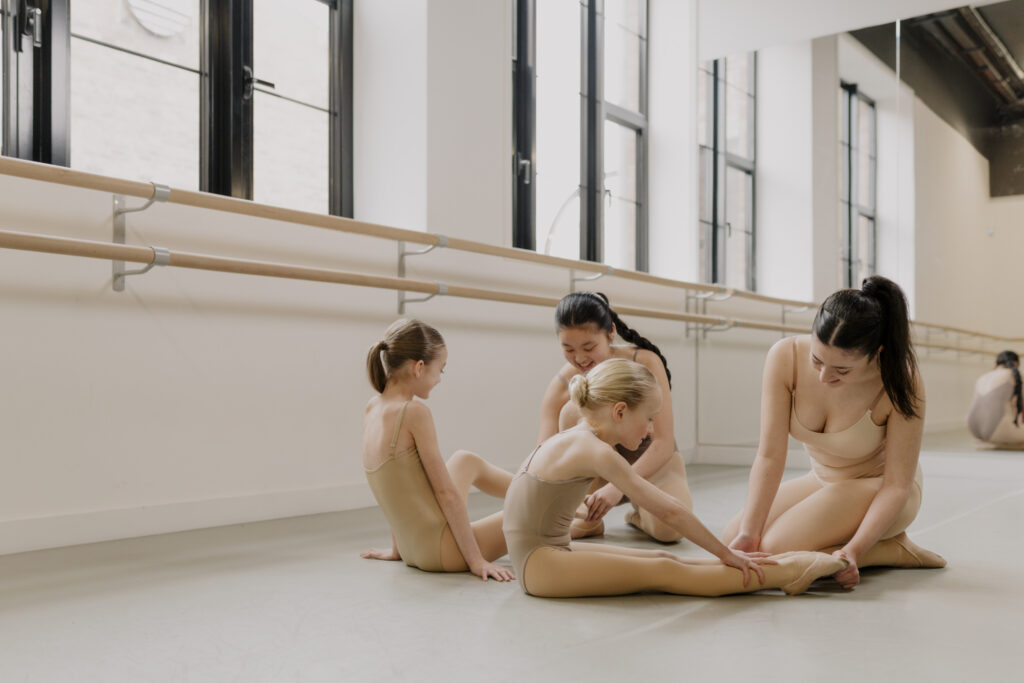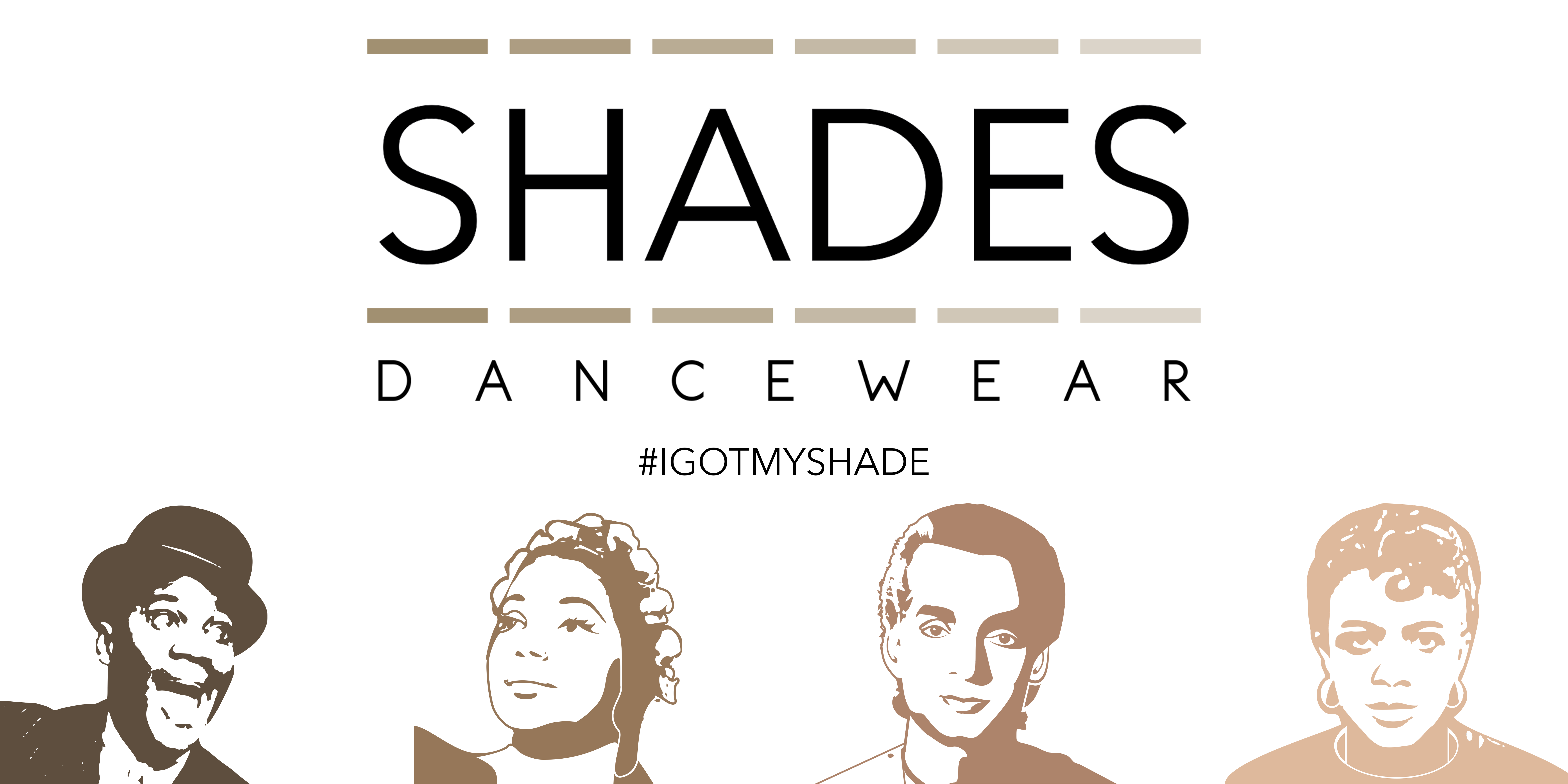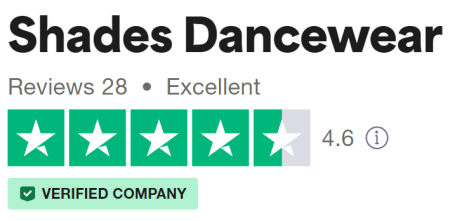At Shades Dancewear, we believe it’s time for Pearl to be the New Pink, encouraging every dancer to embrace and showcase their unique shade.
Of course, we’re in need of some different shades of our favourite Ballet emoji to reflect these changes too! People and pointe shoes come in several different skin tone shades, so why do we only have the pink pointe shoe emoji? 🩰
(You can read more about the incredible Misty Copeland’s ‘Make A Pointe’ petition here – Shades Dancewear are on board!)
For generations and generations, pink has been the traditional standard for Ballet attire. Pink tights, pink socks, pink ballet shoes, pink cardigans, pink everything! But, as we recognise and thrive in our beautifully diverse dance world, we must ask the question: is this long-standing tradition still serving the dance community?
Historical Tradition: Ballet has a long history that dates back to the royal courts of Italy and France in the 15th and 16th centuries. Over time, certain traditions became standardised, including the use of pink as a dominant colour for Ballet attire.
Aesthetic Norms: Ballet emphasises grace, beauty, and elegance. Pink, being widely seen as a soft and delicate colour, aligns well with these core Ballet values. Pink is often associated with femininity, which is one of the reasons why it became the traditional colour for female ballet dancers.
Practical Considerations: Pink tights and shoes were originally chosen because they closely matched the skin tone of the predominantly white European Ballet dancers. This helped create an illusion of longer, uninterrupted lines from the dancer’s legs to their feet, which is visually appealing and enhances the perception of the dancer’s movements.
Cultural Influence: Ballet schools and companies around the world have adopted the traditions and standards set by prominent European ballet institutions, perpetuating the use of pink in ballet attire.
Uniformity and Discipline: Ballet as a discipline emphasises uniformity and cohesion in performances. Having a standardised colour for tights and shoes helps maintain a consistent look among dancers, which is important for cohesive ensemble work. The corps de ballet, or ensemble of dancers, is often required to perform in perfect unison.
While pink remains the traditional colour for female Ballet dancers, in recent years contemporary Ballet has seen more diversity in costume colours, reflecting changes in cultural attitudes and a greater emphasis on inclusivity and representation.
Interested to find out more? Informative reads include:
Enter Pearl: a neutral nude shade that is more inclusive and representative of several skin tones. In our opinion, Pearl matches white skin much better than pink does – after all, pink isn’t a skin colour!
The shade Pearl is not just about changing Ballet attire colours from Pink to Pearl – it’s about changing mindsets.
This is why Pearl matters:
- Pearl embraces and celebrates diversity in dance
- Pearl boosts dancers’ confidence levels by showing dancers of all ages that they can embrace their natural skin colour and look good while doing so (whether they are in dance class or performing on stage)
- Pearl challenges outdated norms where everybody is encouraged to look the same, even though we are each unique and different, whether it be by skin colour, shape or size
- Pearl is supported by major dance organisations, including BBO (British Ballet Organization) and ISTD (Imperial Society of Teachers of Dancing)
- Pearl matters because every dancer matters
Pearl is the New Pink doesn’t mean we are erasing tradition; it means we are evolving the traditional Ballet attire to become culturally appropriate and accessible to all. Shades Dancewear are tackling barriers and driving positive changes to ensure big statements are heard and actioned by both young and seasoned dancers, creatives, teachers and organisations alike. Everyone belongs in the Ballet and Dance world, and we should each feel seen, valued and heard.
The dance world has always been characterised by tradition. From choreography to music, to costumes and make-up, it is a realm that respects and often adheres to time-honoured practices. One of the most enduring standards has been the ‘pink’ tights and Ballet shoes, used as the go-to ‘flesh-tone’ for Classical Ballet dancers and professionals. While it is a shade that might work for some, it’s certainly not representative of the diverse array of skin tones and skin colours present in the global Ballet and dance community.
At Shades Dancewear, we believe the global push for diversity and inclusion isn’t just about having diverse dancers on stage, but ensuring that every aspect of a dancer’s life, including their attire, reflects inclusivity. This is why we created Shades Dancewear with four matching skin tone shades – Bojangles, Raven, Uday and Pearl.
For those unfamiliar, “Pearl” is not just another shade; it represents a middle ground, a more neutral tone that is more inclusive than the traditional ‘pink.’ It recognises that the dance world is a tapestry of various skin tones, and most importantly, more alike to flesh-tone colours than the traditional pink.
More importantly, it challenges tradition in a healthy way! Traditions are essential, but when they exclude or marginalize, it’s time to re-evaluate. Introducing Pearl challenges the status quo and sparks discussions like these, paving the way for a more inclusive future.
Pearl Primus was one of the grande-dames of African-American dance. A dancer, choreographer, director, and activist, Pearl helped to promote African dance as an art form worthy of study and performance to disprove the myth of savagery.
Our shade ‘Pearl’ is named after Pearl Eileen Primus (November 29, 1919 – October 29, 1994) to recognise, honour and educate how she helped pioneer the way for the global majority of dancers.
Pearl played an extremely important role in introducing the African dance style to America, because her performance work and teaching largely drew on the African American experience.
Pearl began her formal study of dance with the New Dance Group in 1941, and she was the group’s first black student. During these studies, Pearl not only gained a foundation for her contemporary technique, but she learned about artistic activism. The New Dance Group’s motto was “dance is a weapon of the class struggle.”
With this motto, they instilled the belief that ‘dance is a conscious art and those who view it should be impacted.’ The organisation trained dancers to be aware of the political and social climate of their time – something not all organisations would do. This exposure to a newfound form of activism encouraged the themes of social protest later found in Pearl’s work.
In 1948, Pearl received a federal grant to study dance and decided to use the money to travel around Africa and the Caribbean. Whilst travelling, she learned the different styles of native dance which later informed her performance work and teaching upon return to the United States.
Pearl choreographed dances to contain messages about racism and discrimination – experiences Pearl and many others were subject to as commonplace in American society.
A stand-out piece of choreography – Strange Fruit – was a protest against the lynching of black people. Dance companies still pay their respects to Pearl by using inspiration from her story, and this choreographic piece.
You can watch this short clip on YouTube of one of the many recreations of Strange Fruit: Strange fruit by Pearl Primus – YouTube
Every revolution starts with a single step, and we need you to make this possible. Shout, advocate, support, and most importantly, give dancers the opportunity to embrace their ethnicity, and retain their identities with dancewear that suits them.
So, what do you think? Is Pearl the New Pink? Is the dance community and industry ready for change? Join the discussion and tell us your thoughts and experiences – Shades Dancewear are here to listen.
Find us @shadesdancewear 🤎
Blog co-created by Amy Gibson and Daniel Taylor


